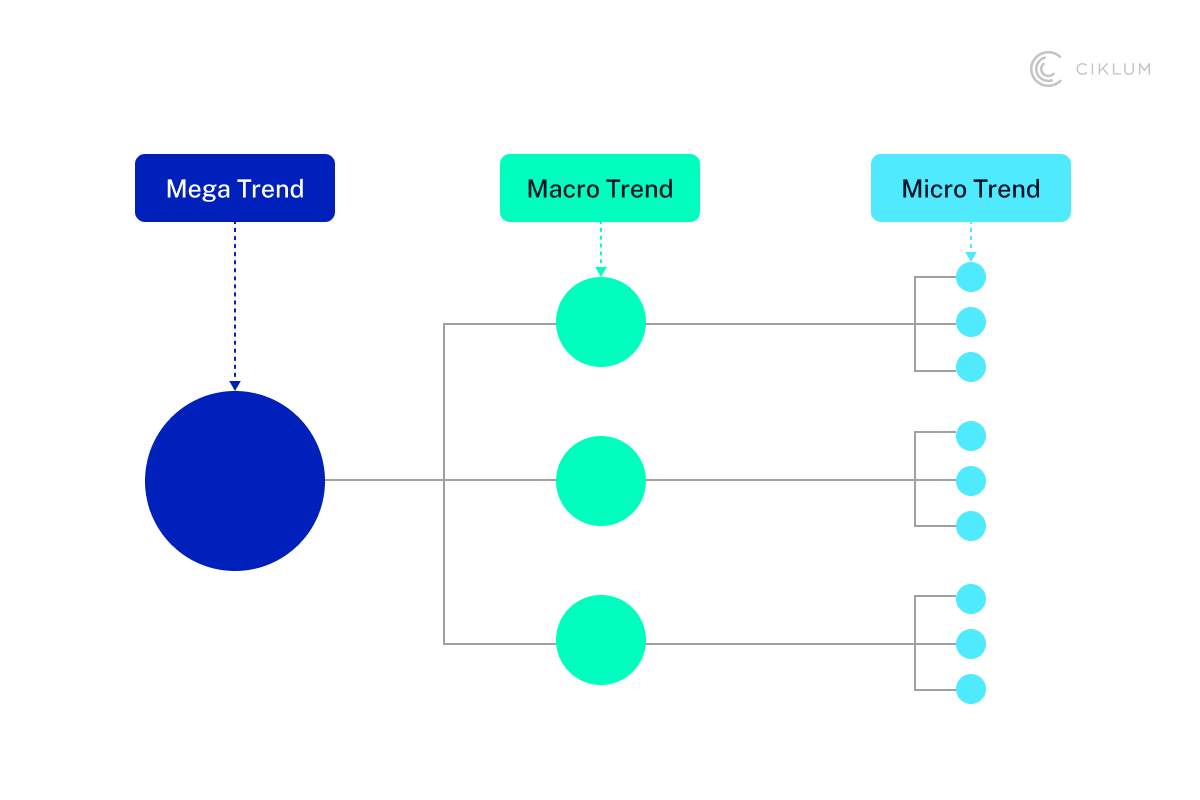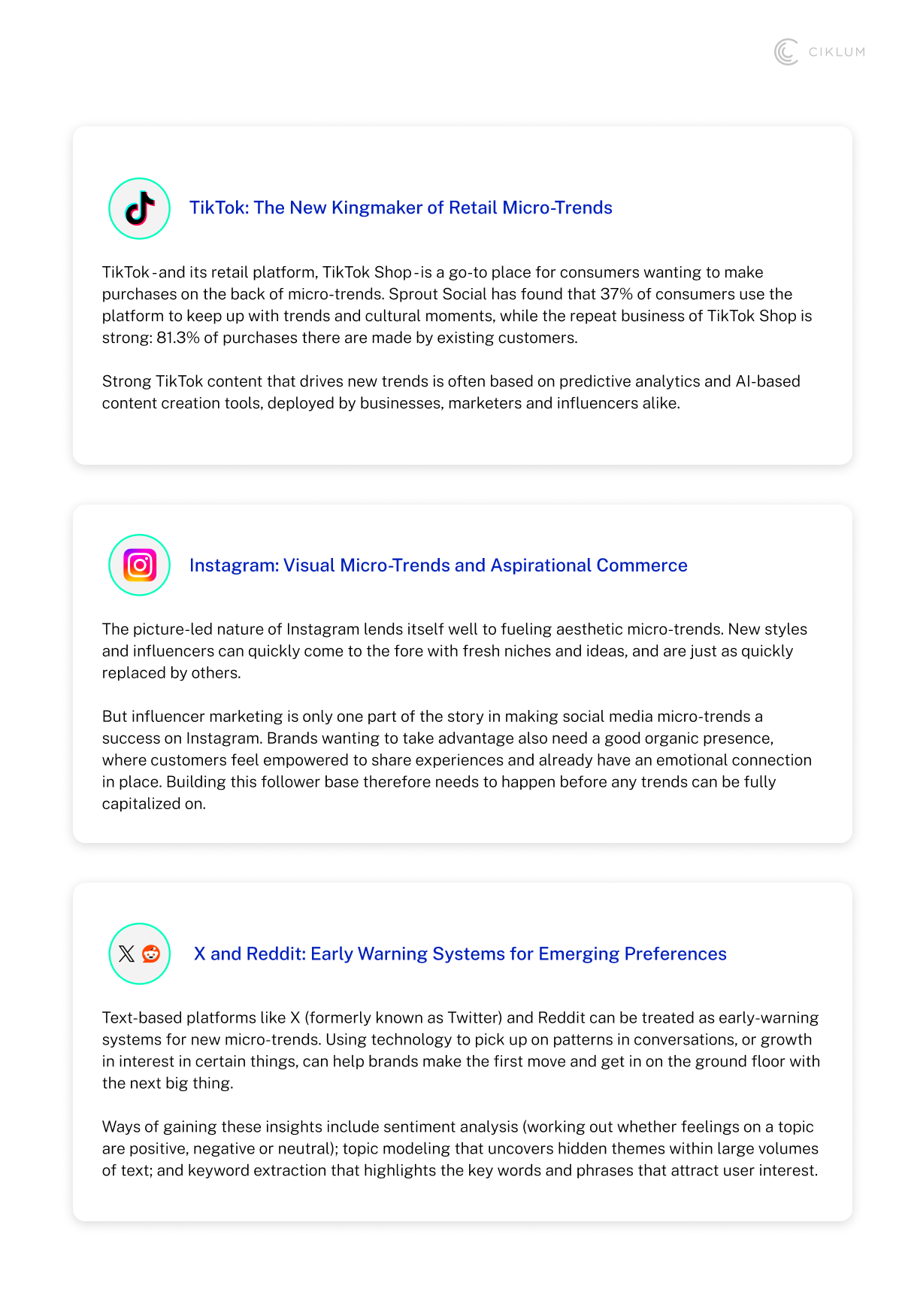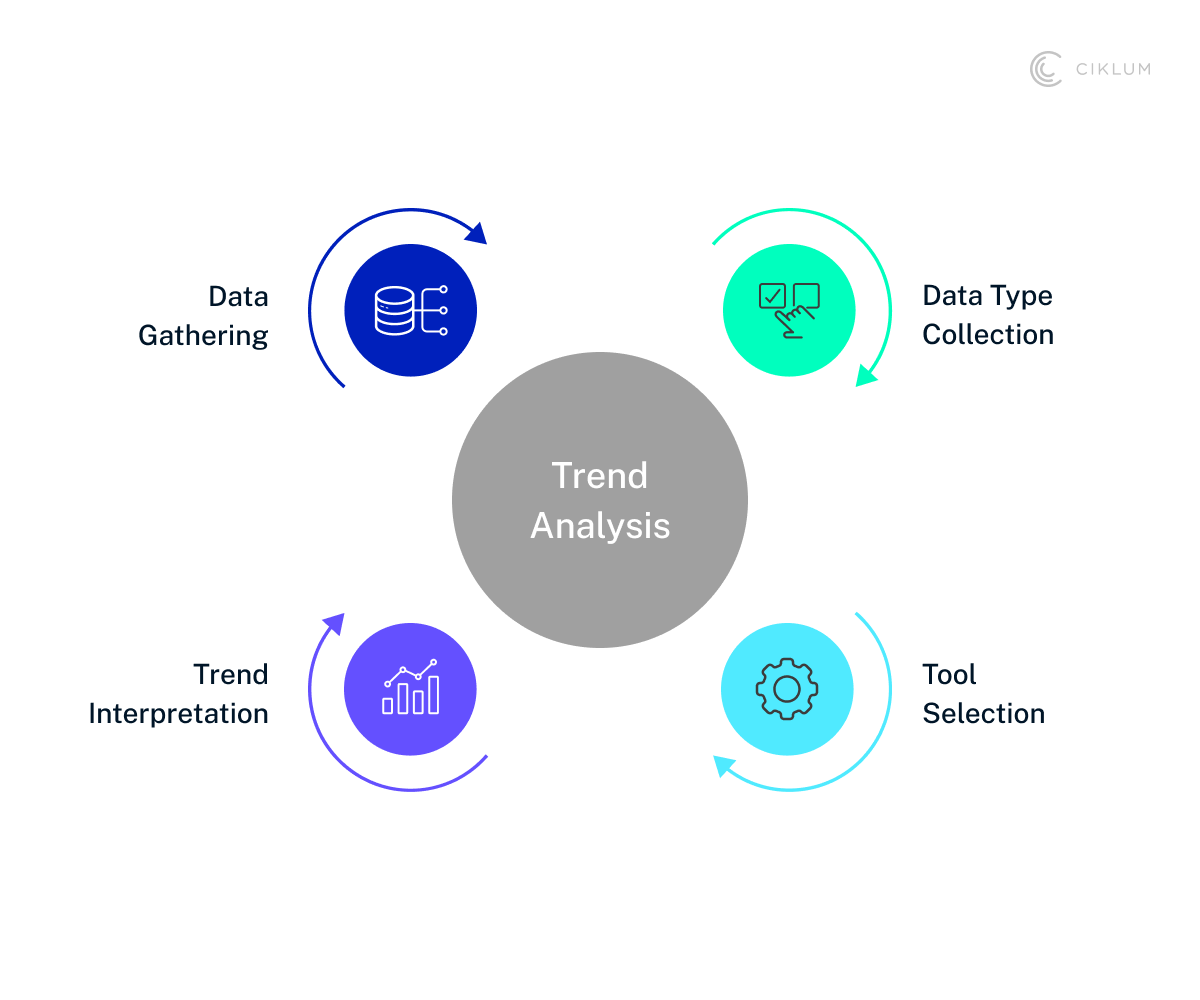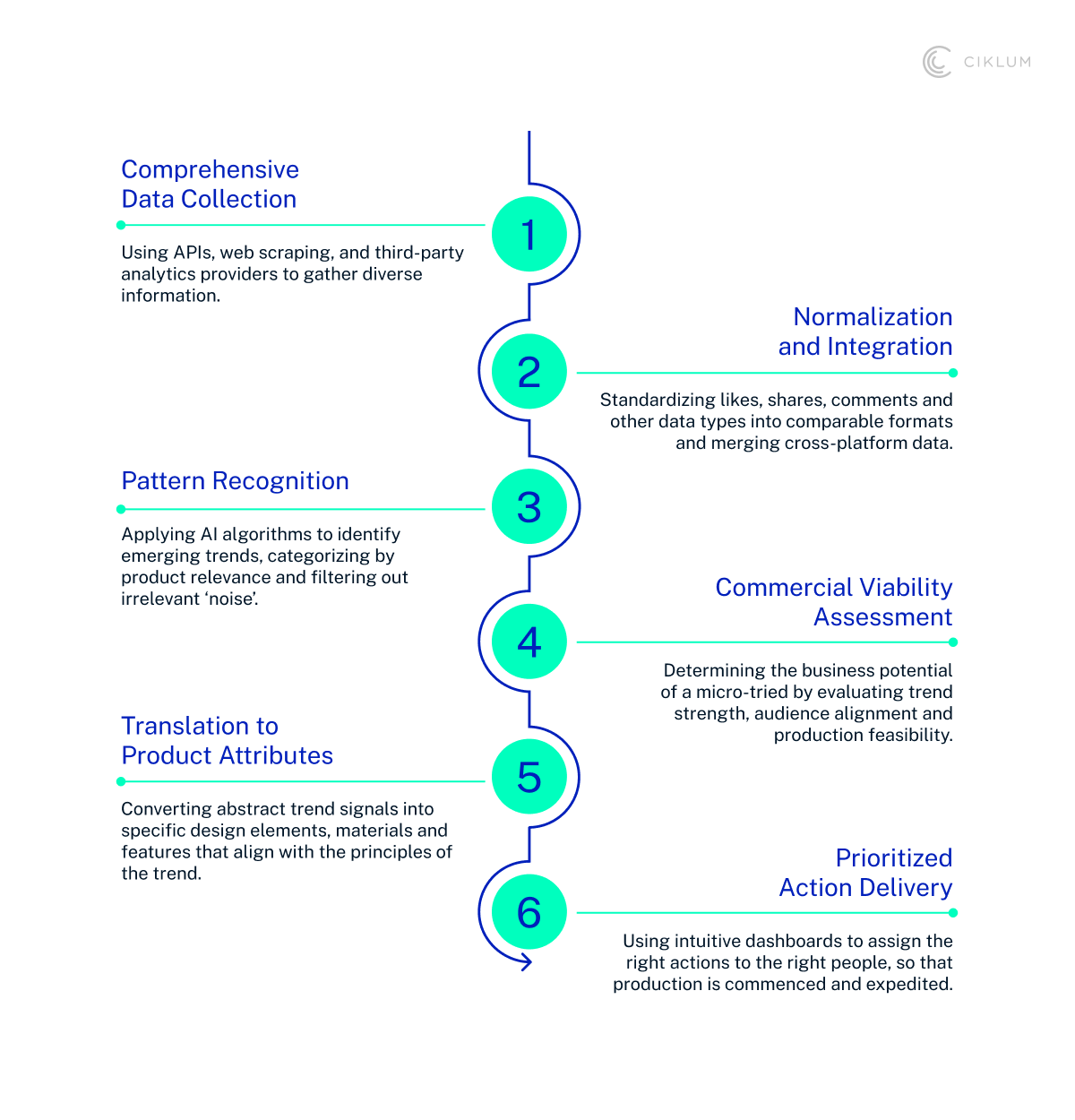Key Takeaways:
- New trends emerge and die out quickly on social media platforms
- Agile product development allows retailers to get to market fast and take advantage
- AI and machine learning can reveal new consumer trends earlier than ever before
- Evolving design processes is key to expediting development workflows
The advent of social media and digitally led product development has turned the world of retail on its head. Trends that previously lasted 10 or 20 years now only last months or even weeks. In turn, product development that previously may have taken 24 months has been dramatically compressed, with some retailers able to get new products to market in as little as 24 hours.
Social media micro-trends and influencer marketing are the main drivers of this volatility, but they give agile retailers new opportunities - if they can shift from predictive product development to a rapid-response approach. This blog explores why data-driven product design is the key to this change.
Understanding Social Media Micro-Trends in Modern Retail
Firstly, what are social media micro-trends? They are short-lived trends that suddenly gain popularity by going viral on social media, and then fade away just as quickly.
A good recent example of this was ‘Barbiecore’. After the release of the Barbie movie in July 2023, there was a wave of interest in pink clothes, accessories and interiors similar to those of the title character: Google Trends found that global search interest in Barbiecore quadrupled compared to the previous July. Mattel, owners of the Barbie character and brand, took full advantage with over 100 partnerships, including with major retailers such as Vans, Gap, Balmain and Forever 21.
This demonstrates how social media micro-trends are opportunities that businesses can take advantage of - if they’re able to react quickly enough and get products to market before trends die out.

What Drives Social Media Micro-Trends on Different Platforms?
The differences in user demographic and content types on different social media platforms mean that there are variations in phases and trigger points for micro-trends. Understanding these is crucial for trend-driven innovation.

The Technology Behind Real-Time Trend Detection
Artificial intelligence is changing the game as far as algorithmic trend spotting is concerned. AI and machine learning models, and Natural Language Processing (NLP), can analyze images, social posts and consumer conversations at scale and identify real-time consumer insights.
This can give brands the edge in distinguishing social media micro-trends brimming with business opportunity from niche fads of limited value. Even more importantly, it can help them do so before competitors without the technology know the opportunity even exists.

Six Steps From Data Collection to Actionable Insights
So how do brands get from raw social media data to making the right product decisions. From our experience with retail and AI, there are six vital steps along the way:

Overcoming Technology Challenges in Trend Detection
It should be noted that there can be some practical challenges in putting the best technology in place here. However, with the right approach and expertise, these can be mitigated:
 APIs
APIs
Restrictive data access policies of major social platforms can limit detailed trend monitoring. This can be solved with a hybrid collection approach that combines official APIs and alternative data sources like panel data and public-facing metrics.
 Signal-To-Noise Ratio Management
Signal-To-Noise Ratio Management
It can be hard to discern genuine organic trends from paid promotions and content that has been artificially boosted. Cross-platform verification protocols can properly assess potential trends across multiple channels and identify manufactured engagement.
 Integration
Integration
Existing Product Lifecycle Management (PLM) and Enterprise Resource Planning (ERP) systems are often set up for traditional, much-longer development timelines. Middleware solutions with standardized formatting can enable the flow of trend insights and translate them into compatible inputs for existing workflow tools.
In Summary: Building Your Data-Responsive Design Capability
Advanced AI models and agile product development are the key to enabling proactive, predictive trend response, followed up by generative AI that can rapidly create concepts based on those trend signals. Furthermore, this data-driven approach can boost sustainability by right-sizing production and inventory to reduce waste: an important factor at a time when customers are willing to pay an average of 9.7% more for sustainable products.
However, making this happen in practice can be difficult, especially if you don’t have the right skills, expertise or resources in-house. With the help of a retail and AI expert like Ciklum, you can put all the right building blocks in place, including:
- Developing cross-functional teams across design, data science, and merchandising that enable rapid decision-making, trend response and production
- Implementing the technology infrastructure needed for responsive design, including social listening platforms, analytics dashboards, digital product development tools and integration middleware
- Evolving supply chain relationships and responses to enable rapid product development, including nearshoring strategies, flexible capability and digital sampling and prototyping
Find out more on leveraging AI in the social media-driven retail landscape in our latest eBook.

































